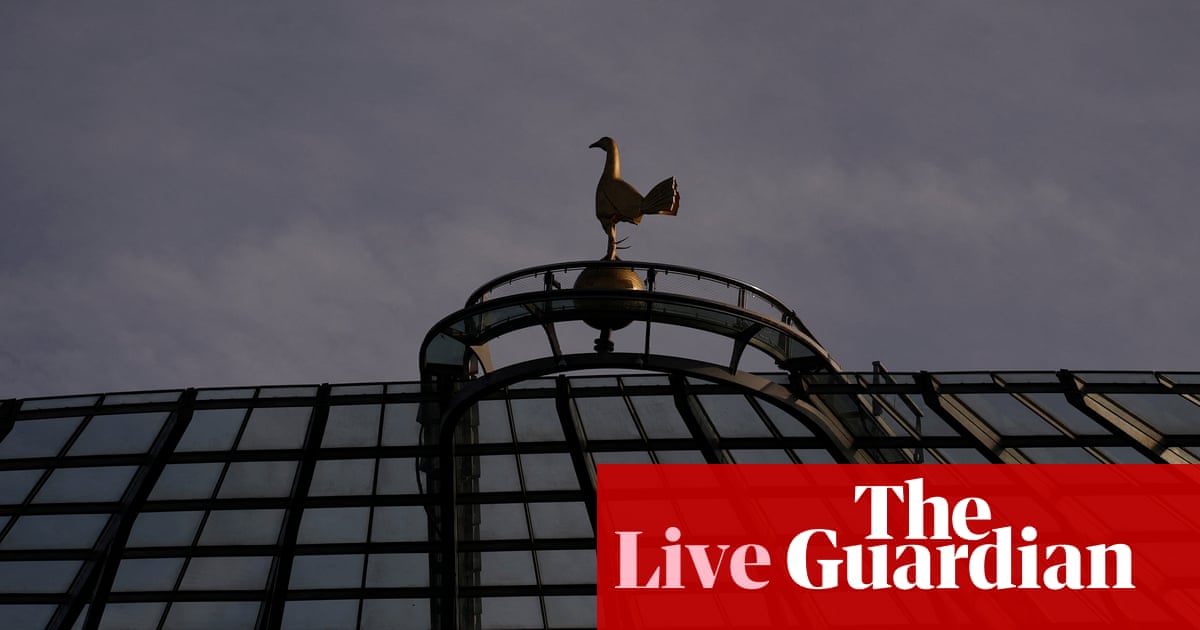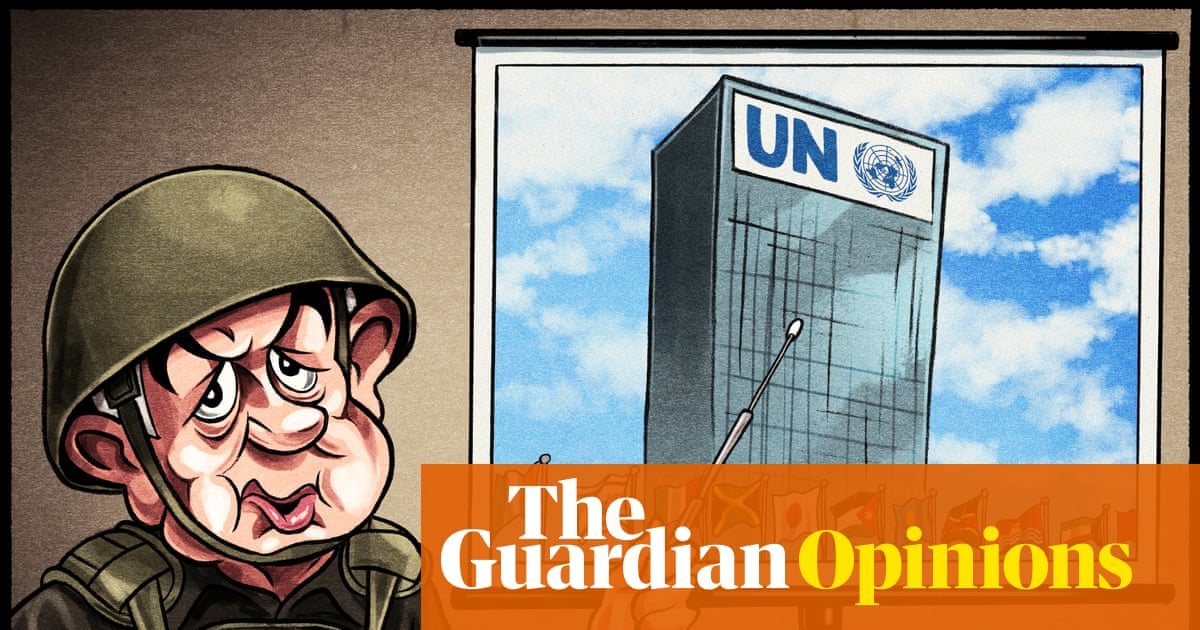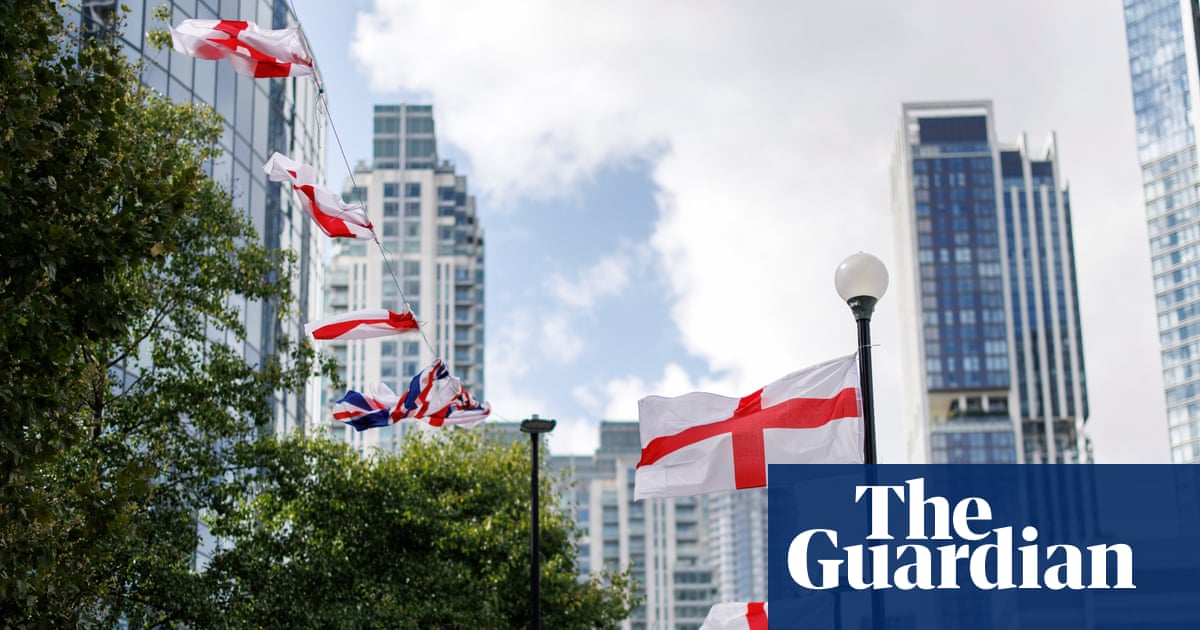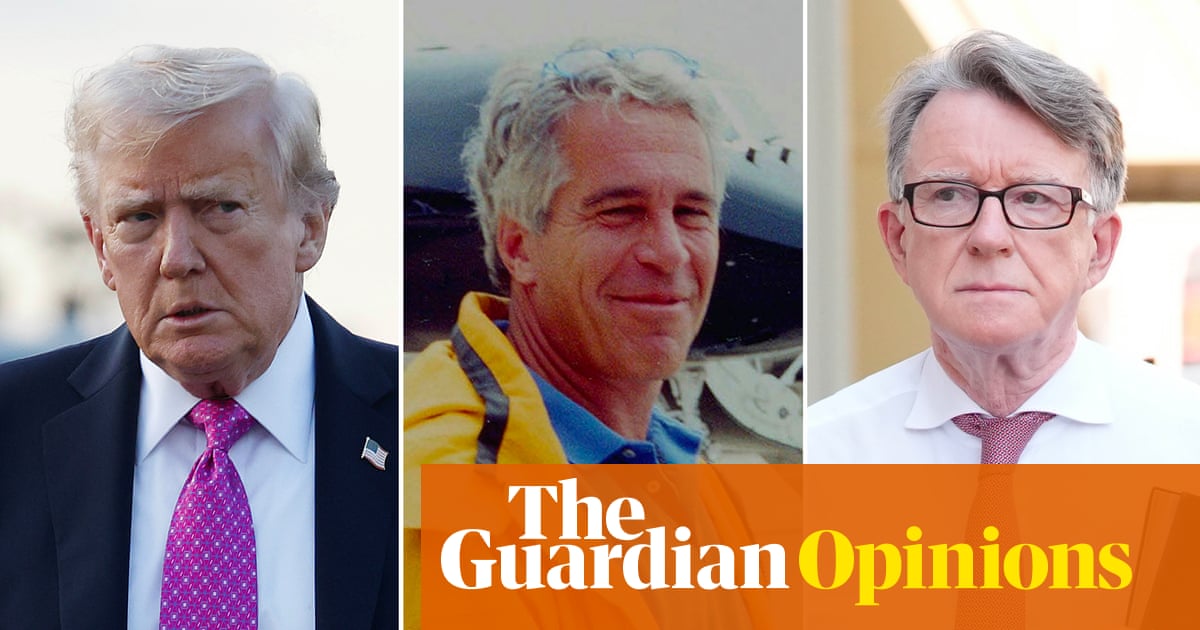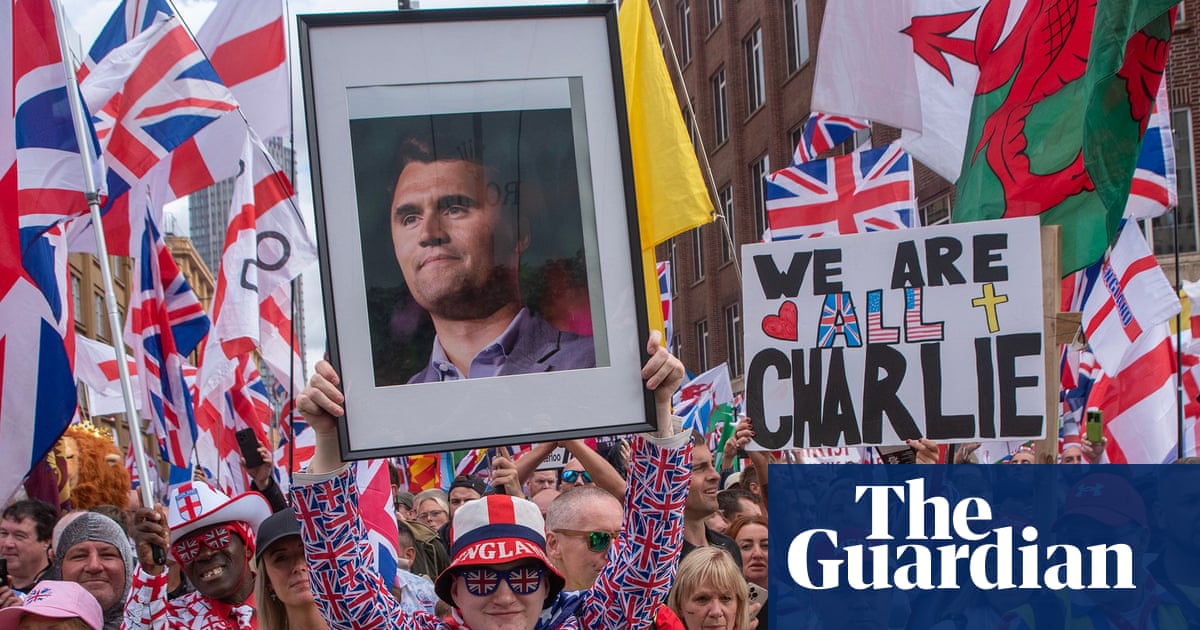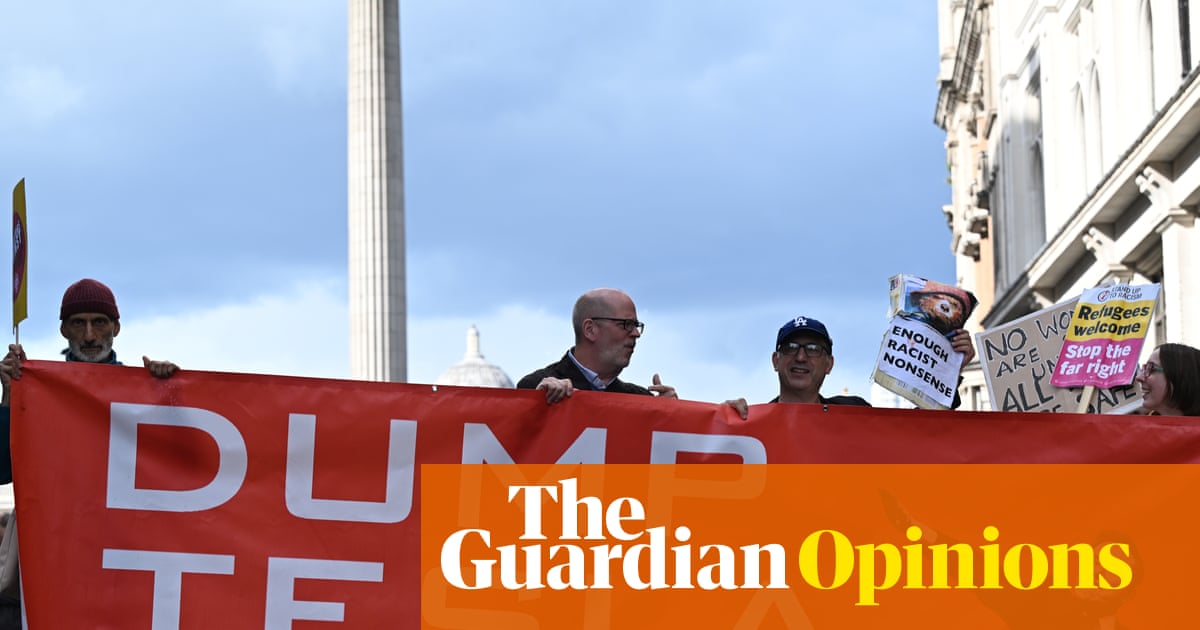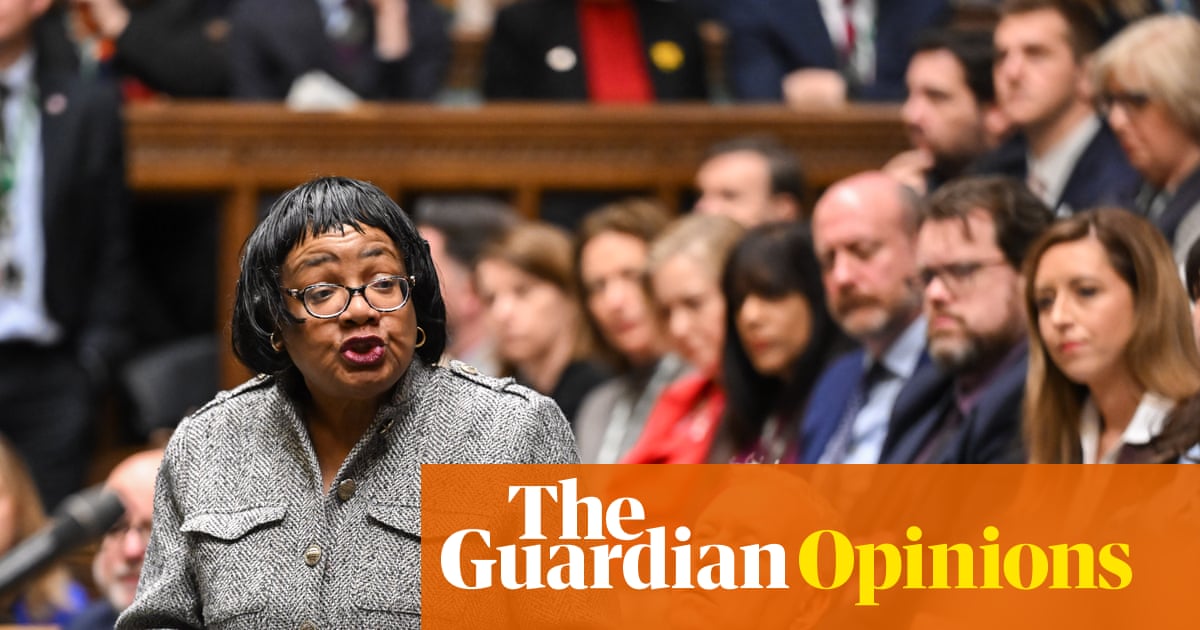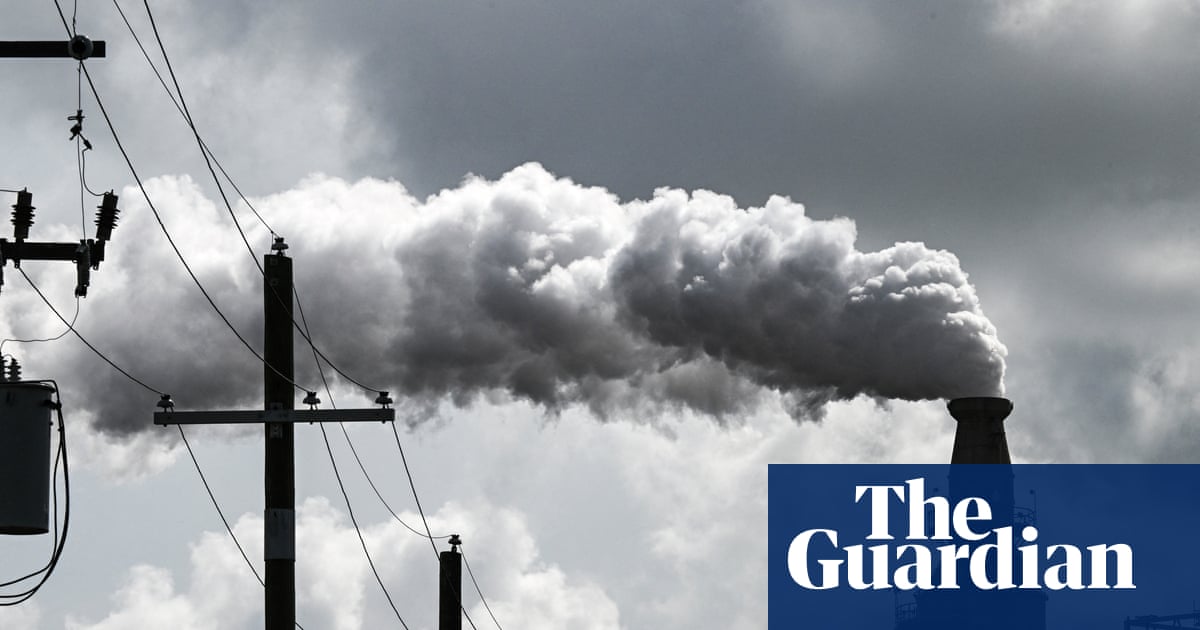“Tariffs are easy,” Donald Trump claimed in March. For his administration, and the world, they have proven anything but. Now an obscure New York court has blocked his signature trade policy, setting up a battle that looks sure to end up in the supreme court.
The plan was simple. For decades, Trump has made the case for tariffs. Now, in his second term, he would dramatically hike them on the world; raise trillions of dollars for the federal government; cut taxes for Americans; and lure manufacturers to the country’s industrial heartlands, creating millions of jobs.
But this drastic bid to overhaul the global economy has proved far more complicated.Time and again over the past four months, reality failed to match the rhetoric. Threats were followed by delays. Exemptions were carved out of supposedly universal tariff waves. Even when they were imposed, it was days, if not hours, before pauses were announced.
Trump returned to office determined to ignore all the warnings that led his first administration to hold back from executing his most extreme ideas.
Long before the president had returned to the White House, he had pledged to hike duties on his country’s two biggest trading partners and launch a trade war with the world’s second largest economy. Sweeping levies on dozens of other countries ensued.
Each significant economic assault has set the stage for a swift retreat. Tariffs on Canada and Mexico were all but halted. Steep individual tariffs calculated for a string of trading partners were reduced to 10%. An eye-watering 145% tariff on Chinese goods was drastically cut, having been in place for a matter of weeks.
Trump’s mind in each case was not changed. His arm was twisted.
Panic in the markets prompted his administration, after initially making a show of defiance, to back down. And warnings that the very people who voted Trump back into power would bear the brunt of his tariffs prompted the president, after initially playing down the risks, to reconsider.
Trump’s economic agenda, which is aides are trying to ram through without guardrails, has so far been curbed by real-world consequences that failed to match his narrative. And on Wednesday, a further twist threatened to derail the core of his plan.
To impose blanket tariffs on nations from Mexico and Mauritius to China and Chad, the administration declared a national emergency and used the International Emergency Economic Powers Act (IEEPA), a 1977 law, as legal justification.
The flow of fentanyl across borders, and the fact the US imports more than it exports, are emergencies that warrant tariffs under IEEPA, according to the White House. A little-known federal court disagreed.
IEEPA “does not authorize any of the Worldwide, Retaliatory, or Trafficking Tariff Orders”, the US court of international trade concluded in a ruling. Most of Trump’s tariffs – including a 10% rate on all imports, introduced last month – “exceed any authority granted to the President by IEEPA to regulate importation by means of tariffs”, a panel of three federal judges wrote.
An appeals court on Thursday ruled the decision was “temporarily stayed until further notice while this court considers the motions papers.”
But there is no doubt that this was a significant setback. Rather than reluctantly walk back his tariffs himself, and present it as some kind of negotiating coup, as Trump has repeatedly done in recent months, for the first time figures outside his administration were pulling the plug.
“This was a novel and expansive use of IEEPA, and an untested one,” said Greta Peisch, former general counsel at the Office of the US Trade Representative under Joe Biden. “It was brand new,” she added. “They were really testing the limits of that power, and the ability of the executive branch to use it to impose tariffs.”
The administration’s appeal alleged the ruling was an example of “judicial tyranny” in the US. But a narrower decision on Thursday, when a second US court issued a preliminary ruling against Trump’s tariffs in a case brought by two Illinois toy companies, Learning Resources and hand2mind, presented another legal obstacle.
Whatever happens, this process is unlikely to force Trump to fundamentally rethink his economic agenda. The US court of international trade ruling was not about whether the White House should launch a series of tariff assaults on the world, but how.
“We’ve got a very strong case with IEEPA,” White House trade adviser Peter Navarro claimed during a Bloomberg interview on Thursday. “But the court basically tells us, if we lose that, we just do some other things,” he said. “So nothing’s really changed.”
After months of uncertainty, these latest legal spats add another layer of confusion, rather than provide clarity, to businesses trying to navigate the world economy under Trump.
“We will leave this decision to work its way through the United States courts system,” said Candace Laing, president and CEO of the Canadian Chamber of Commerce. “Ultimately, the end of this trade war with the US will not come through the courts.”
Despite Trump’s promises, most Americans are not as “rich as hell,” thanks to the tariffs. Nor have tariffs raised trillions of dollars, or created millions of jobs. But Trump’s view has also not changed. They remain beautiful, at least in his eyes.
“Don’t project that this is going to be where we end up,” Peisch, now an attorney at law firm Wiley, said of the current legal limbo. “There’s going to be lots of ups and downs before we get to wherever the final resting place is for tariffs under this administration.”

.png) 3 months ago
67
3 months ago
67

